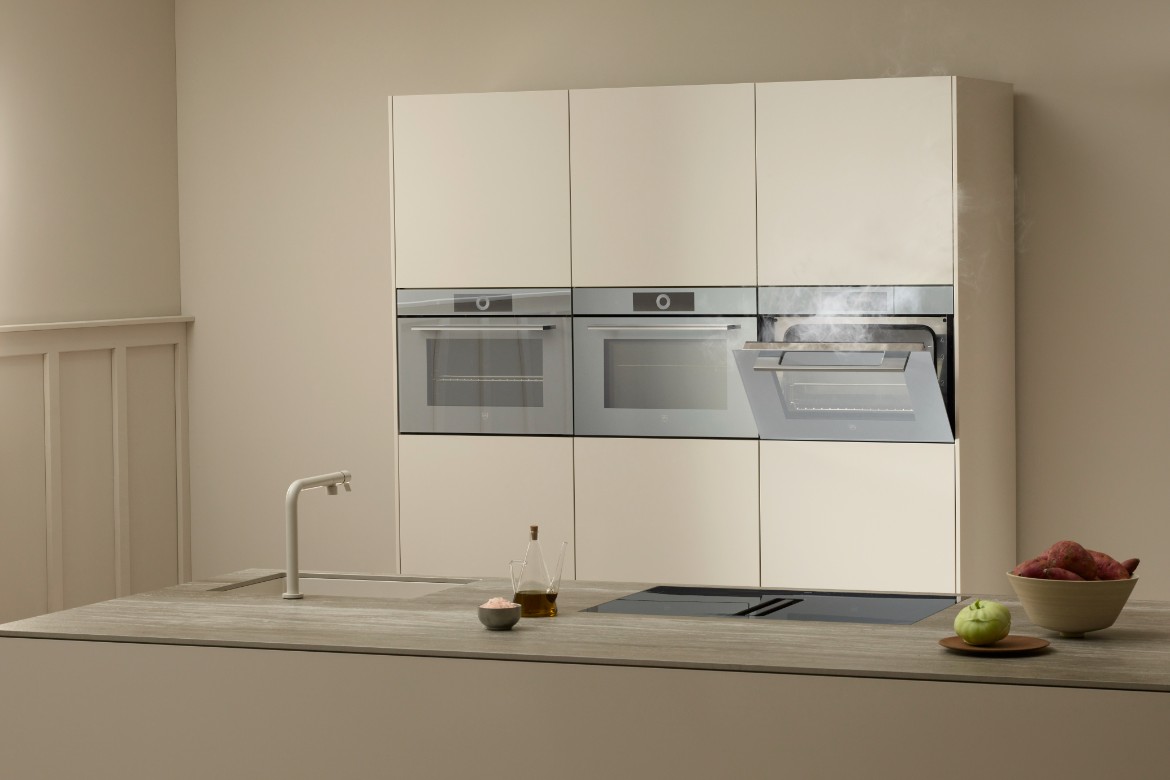Have you ever wondered if anyone in Switzerland wears leopard print? (Other than the late, great Tina Turner, of course, who called the country home for 30 years and traded US citizenship for Swiss back in 2013.)
This may seem a ridiculous question at face value – but makes more sense when trying to define what Swiss design is, by thinking about what it is not. Swiss design is not busy. Swiss design is not loud. Swiss design is not… leopard print.
Swiss design is understated, it’s discreet and it’s minimalist, underpinned as it is by a national preoccupation with simplicity and efficiency.
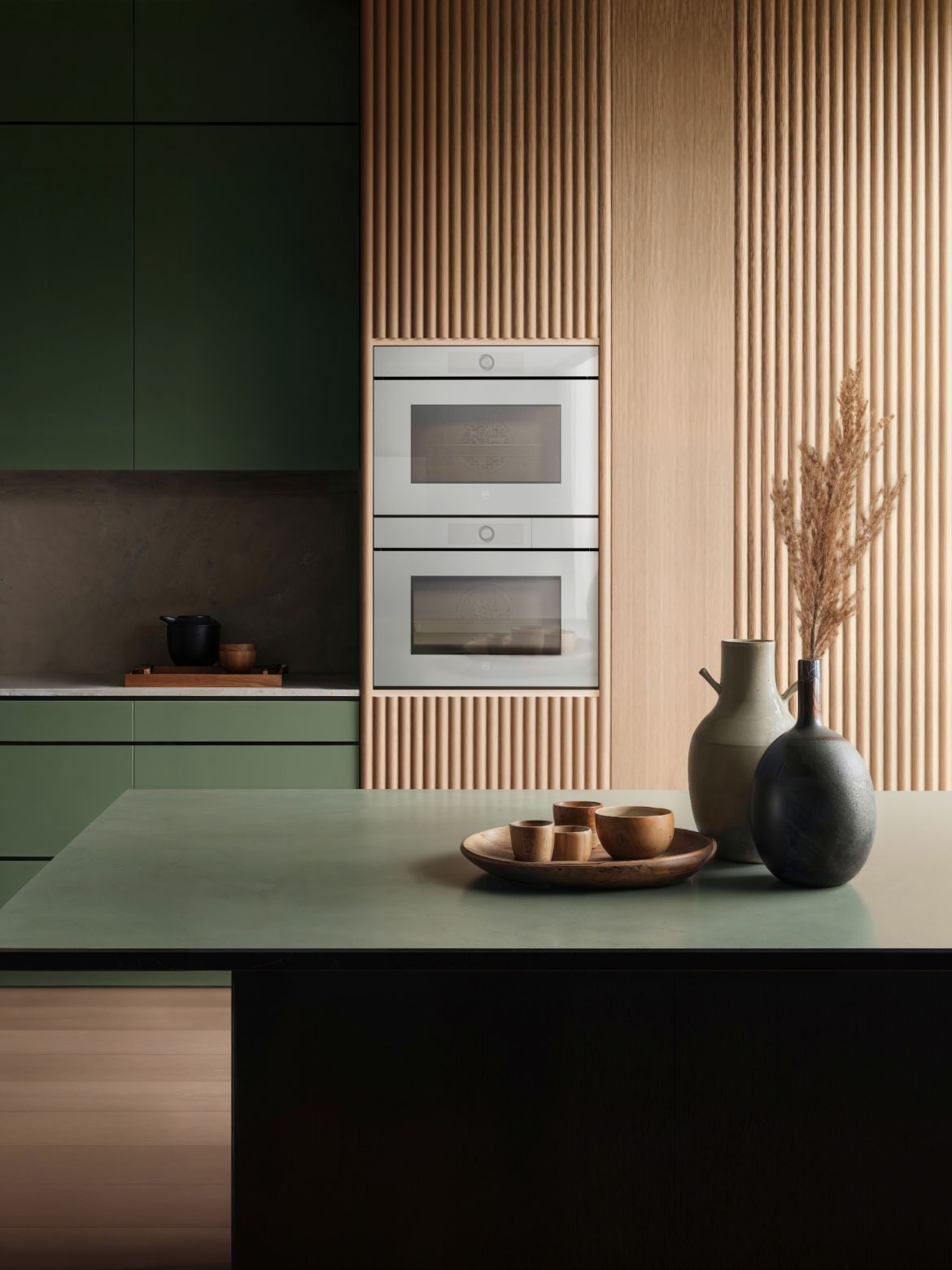
Like its citizens, Swiss design is deliberately low-profile but that doesn’t stop it having an outsize impact. Take legendary architect Peter Zumthor, who has no website (!) and only 20 or so completed projects to his name, but received a Pritzker Prize in 2009 recognising his masterful oeuvre.
Or Helvetica Neue – the go-to font for every other architect’s website – which was conceived at Haas’sche Schriftgiesserei in Basel in 1957 with the aim of creating a typeface that held no intrinsic meaning in its form. Fast forward to today and HN’s neutral, subtle, easily legible script has been used by the New York City transit system for 30 years, helping millions of people every day get from A to B with a minimum of fuss, and along the way achieving the design holy grail of being ubiquitous but still unique.
From written forms to built forms, from watches to knives and beyond, you can find countless other examples of Swiss design expressing the country’s intangible values in tangible ways. When it comes to appliances, V-ZUG has been the setting that national standard for more than a century, and every product is carefully considered to ensure it reflects the company’s enduring philosophy, which blends exceptional performance with a signature, paired-back look.
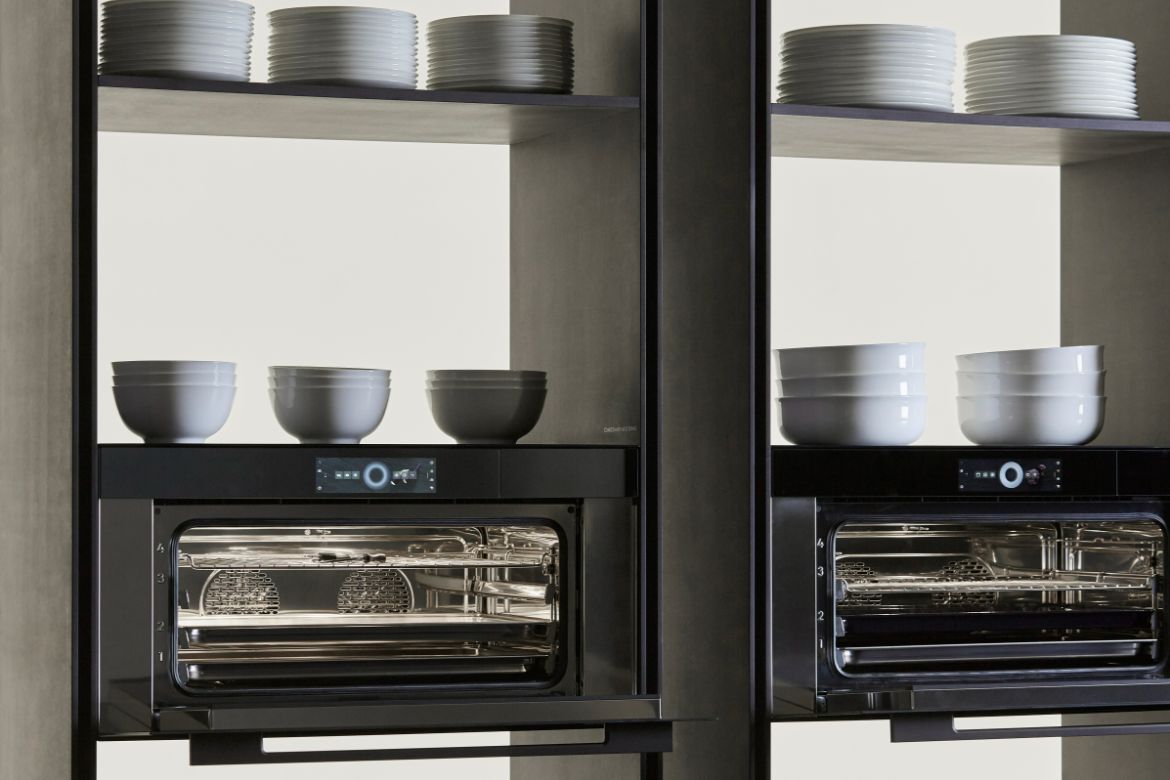
“These values, anchored in our Swiss heritage, are at the core of our design,” says Martin von Freeden, Head of Design at V-ZUG. “We fuse precision, quality, useability and longevity with minimalistic aesthetics, creating timeless elegance.”
The company’s ovens, fridges and textile-care devices are well-established in its home market – more than half of all Swiss household possess at least one V-ZUG product – and increasingly appreciated by an international audience. When we spoke to V-ZUG’s design team not long ago for the launch of the Excellence line, they spoke of the joys (and challenges) of navigating this design heritage.
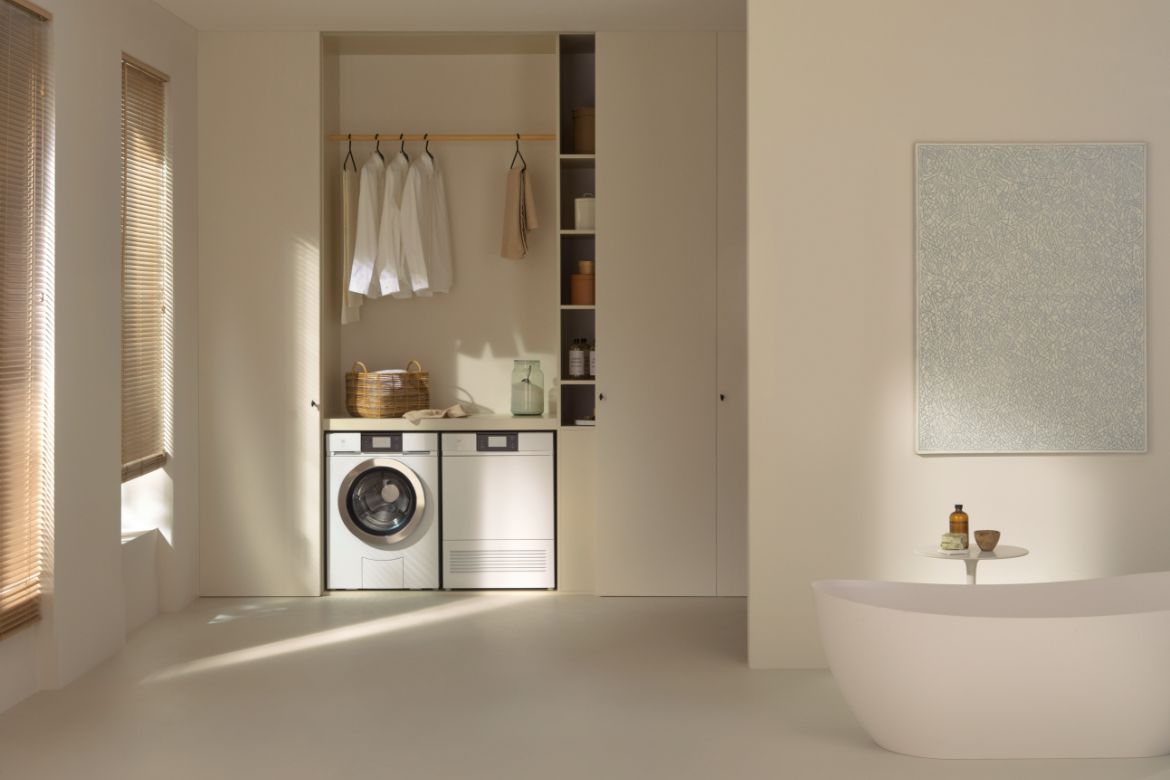
“I think one of the strengths of our Swiss design language is that it’s very quiet, and it’s this timeless aspect of our design that is appreciated all over the world,” says industrial designer Andreas Arabiano. “The danger [then] is to not being boring, but I think we can handle that in a good way.”
Innovation is one way to avoid be boring: Switzerland consistently holds a leading position in global performance indexes on this measure. Various historical factors have shaped the country’s unique innovation system, not least of which is a culture that recognises and nurtures the skills of its craftsmen as much as the allure of technology. Because to buy Swiss design is to buy Swiss made.


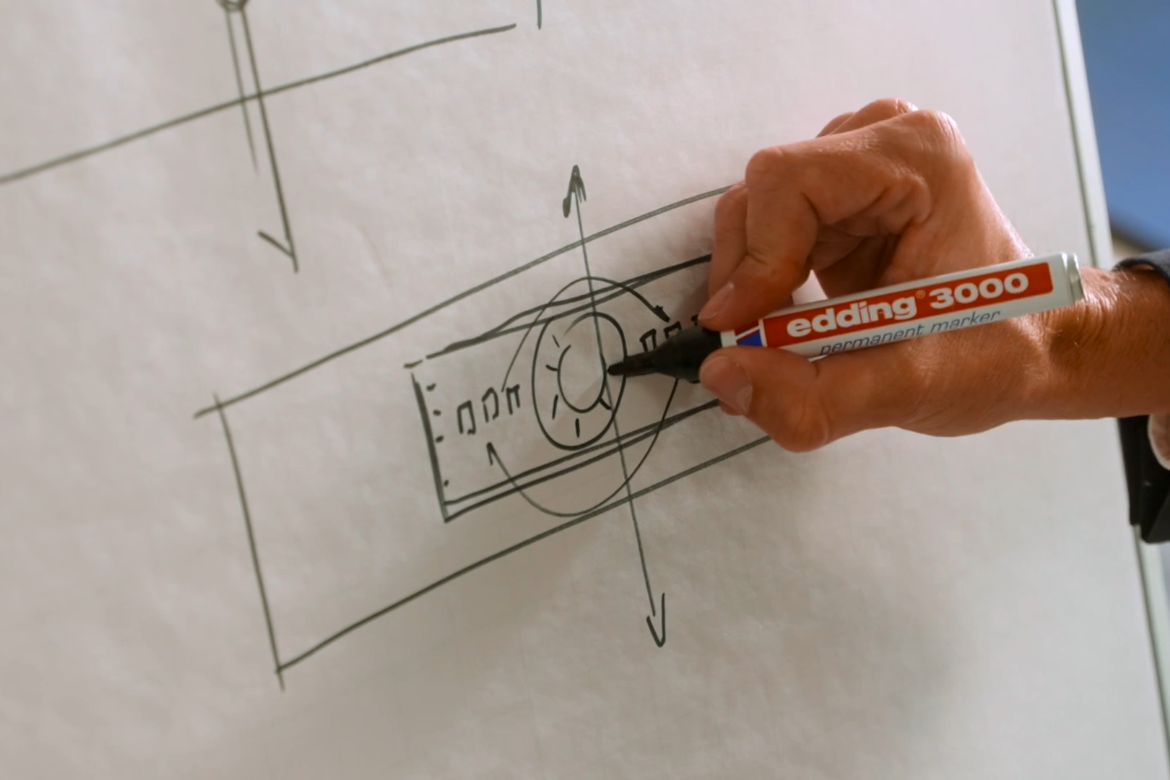

“Switzerland is renowned for its heritage in craftsmanship,” says von Freeden “Keeping true to this tradition, precision in design and engineering is essential to us. Blending skilled workmanship and high-tech production techniques in our facilities in Zug and Sulgen ensures this becomes tangible in all our products.”
High-quality stainless steel, anodised aluminium and reflective glass lend both a tactile and visual quality to the products while contributing to their longevity and durability. Embracing an integrative design philosophy, the designs are crafted to seamlessly blend with evolving kitchen concepts, providing a subtle presence with their aesthetics while offering a flexible style that works in any interior design setting.
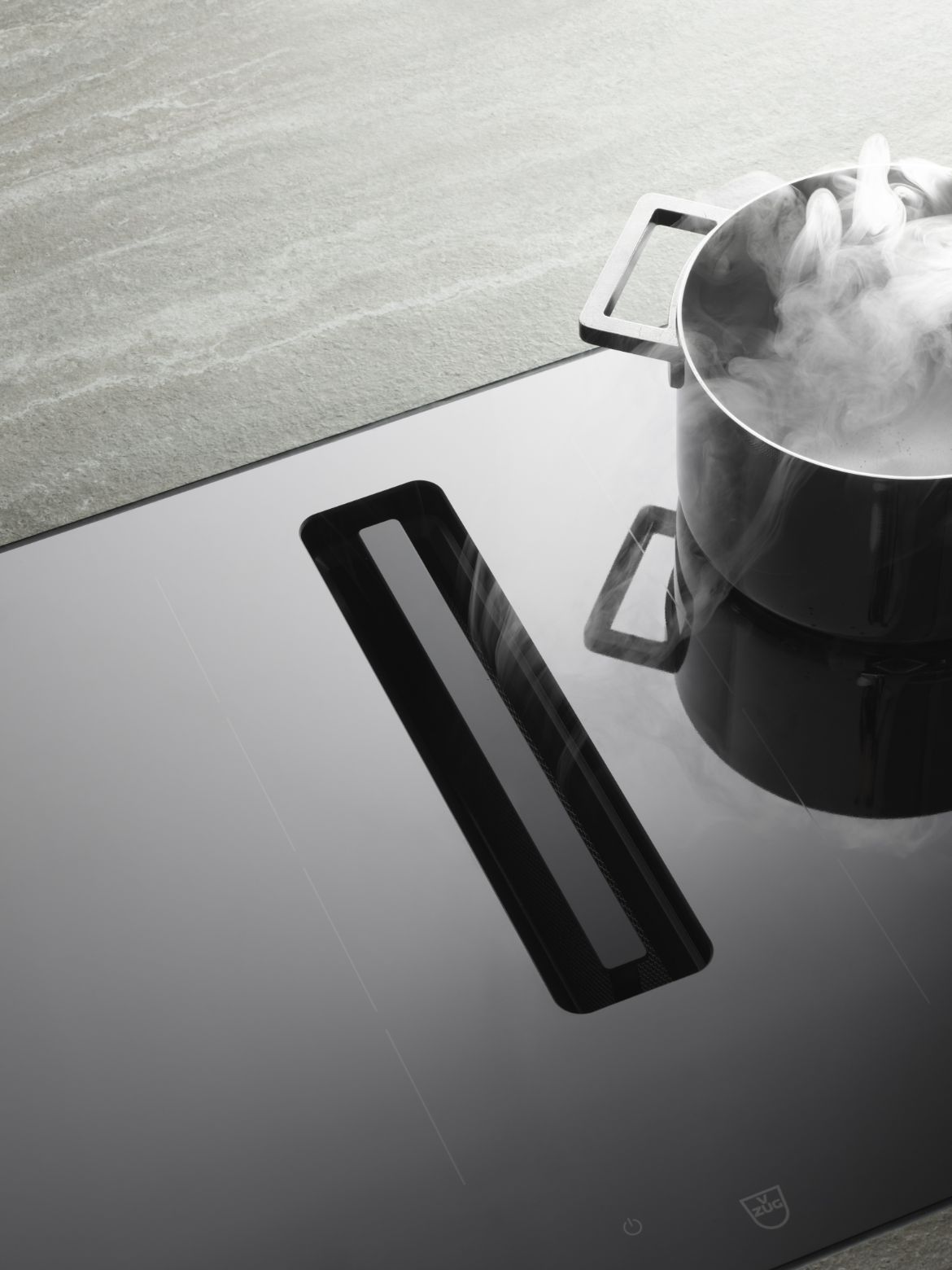
Being able to rely on a crystal clear design philosophy and knowing that the engineering and manufacturing are second the none gives the design team the freedom to think big in other ways.
“You have more confidence to explore something new, because you have that basis, the idea that Swiss design is respected and well known and understood,” says UX/UI designer Gunnar Donis. “So then you can jump off that with some more confidence.”
And that’s the other way the company avoids the ordinary, through the magic the devices create and an exceptional user interface. How they look might be simple and minimalist but what they produce is anything but. V-ZUG first pioneered the use of steam in domestic ovens and fabric care more than 20 years ago and continues to lead in the space. Its in-house culinary team and stable of brand ambassador chefs from around the world can testify as the wonders these time-saving products can create.
So Swiss design is not busy, but that doesn’t mean it’s not helping busy people commute across NYC or a busy Michelin-starred chef do what they do best. Swiss design is not loud, but it can often be found quietly supporting others to achieve and get noticed, whether it’s a sailing champion looking at a precision watch or an architect designing a kitchen to a client’s exacting brief. And Swiss design might not be leopard print, but that doesn’t mean you can’t cook up a fantastic meal for friends wearing your favourite leopard-print apron – and with the expertise of hundreds of V-ZUG artisans, engineers and designers at the touch of your fingertips.


